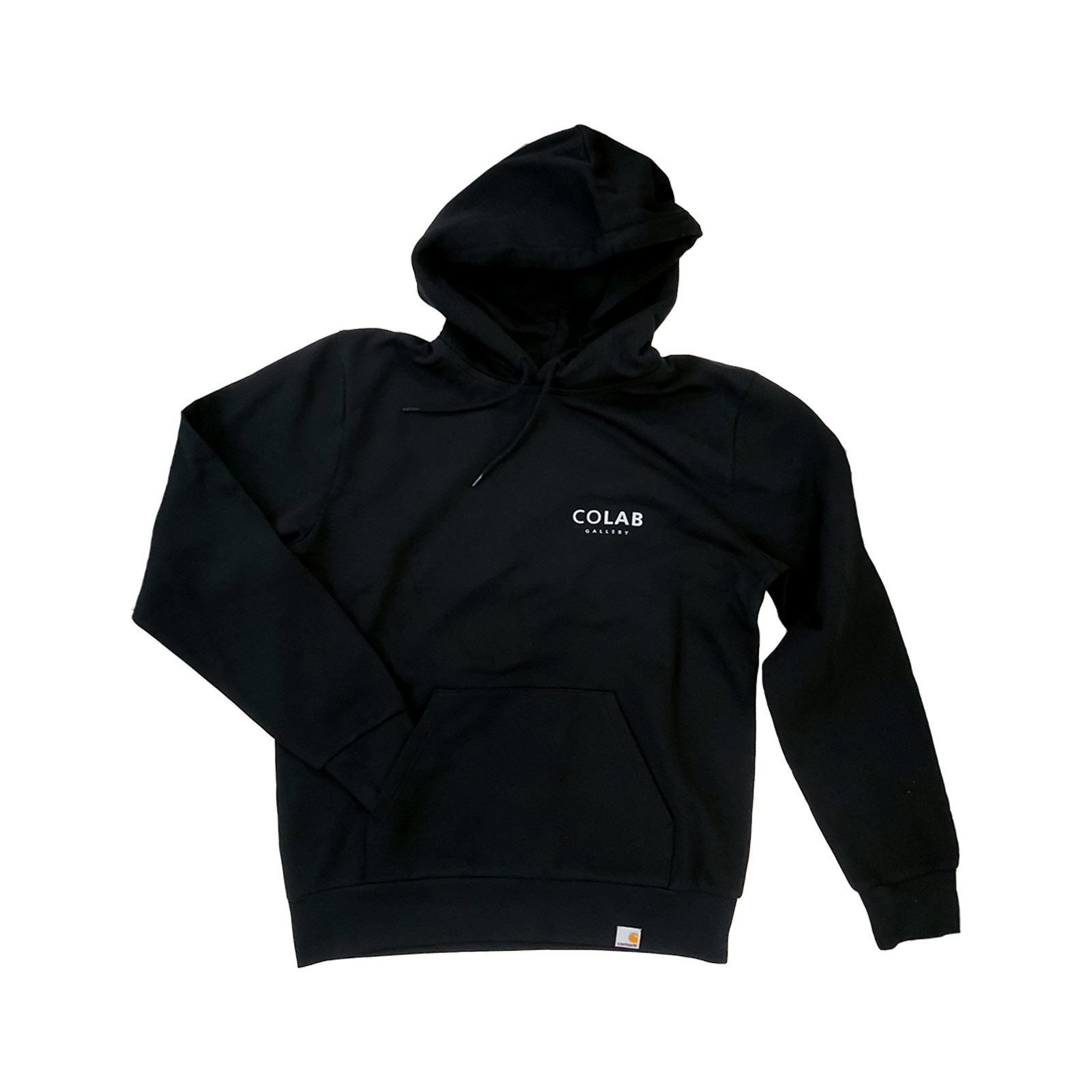























Fandalism
Fandalism
Exhibition catalog - 220 pages
ARTISTS: 910D0 / BAUZA / ERROR / FATZOO / GAZELA / JASON / KSLT.T / MARTIN DUPUY / MIKE / NOEE / SONIK / WORLD
When Nike releases a billboard advertising campaign, it is obvious that a considerable amount of thoughts and plannings have gone into it. The brand should be strengthened, a new product should be advertised, but ultimately it’s about drawing attention and finally funnel it into sales and monetize. This means that the success of the advertising campaign is directly measured in conversions.
When a political party advertises, it usually happens before an election, with the goal of gaining votes, and if Greenpeace makes a campaign, this should raise awareness to change current environmental problems or similar.
On the contrary Graffiti falls outside of capitalism and mainstream agendas, so what is the motivation behind graffiti writers and their activity? Is that the motivation in itself? Could this be compared to a marketing campaign in public spaces (or not). Since graffiti-writers tend to stick to a name, the name itself could be seen as a brand. The name, the tag, the panel, the image, the activity... that is creating the branding, consciously or unconsciously, through the use of repetitive styles (or not). This distribution and placement of the name in various forms and styles could further be compared to a marketing campaign.
But what is the final goal of this campaign?
Why does the actor invest so much time, money and even exposes himself to the risk of criminal prosecution? Hardly because of a potential monetary ROI (return-of-investment). The reasons are very individual and subjective, and are the actors aware of their motivation and reasoning? And does he/she even have to be? Everyone has to decide for themselves, or decide not at all, and just do it!? Maybe the act of just doing it, without further thoughts, constitutes exactly that act of freedom people long for in the current society?
The exhibition does not show graffiti per se, because you see that when you walk down the street with your eyes wide open or when you wait for the next S-Bahn. And if the exhibition showed graffiti, it would be questionable whether it would still be graffiti.
The exhibition sees itself as a research project and discourse that addresses the questions of why? and for what reason? In investigating this, and being aware of the fact that there is no definitive answer to this; The exhibition offers the actors the opportunity, but not a must, to position themselves on this question and to share aspects that are not visible in the regular visual of finished works in a public space.
More articles from +++ Colab Gallery +++ to look at

















